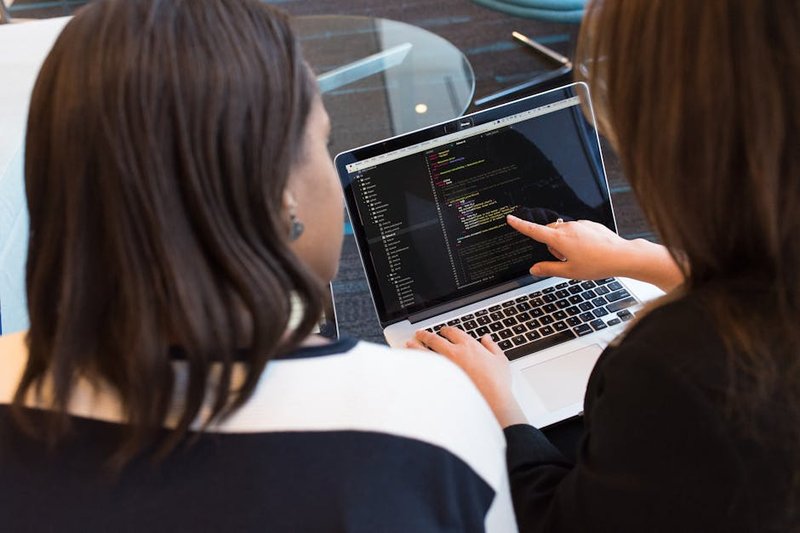The landscape of software development is undergoing a profound transformation. As computing power expands, data proliferates, and algorithms become increasingly sophisticated, artificial intelligence has emerged as the defining force reshaping how developers work. But rather than a wholesale replacement of human expertise, what’s emerging is a nuanced partnership between developers and AI tools—one that promises to enhance productivity without sacrificing quality.
“We have to be leaning into AI,” emphasizes Steve Rodda, CEO of Ambassador, who sees AI as a critical factor in “drastically improving the quality and speed of development.” This sentiment echoes throughout the industry as development teams seek to maintain competitive advantage in a rapidly evolving technological landscape.
AI’s Impact on Development Speed and Quality
The most immediate benefit of AI integration into development workflows is the dramatic acceleration of processes that once consumed significant human attention. AI systems can analyze code bases in seconds, identifying patterns and potential issues that human reviewers might miss or only catch after hours of concentrated effort.
“AI can be great for flagging potential refactors, especially in repetitive code patterns,” Rodda notes, adding that it excels at “spotting security vulnerabilities early in the pipeline.” This capability transforms the traditional code review process from a potentially bottlenecked workflow into a streamlined system where human developers can focus on more complex, creative aspects of their work.
Nick Durkin, Field CTO at Harness, frames this shift in terms of developer experience: “Developers should let AI do the heavy lifting so they can focus on the important development.” His restaurant analogy is particularly apt—just as chefs wouldn’t want to spend their time washing dishes, developers gain more satisfaction when freed from repetitive tasks to focus on creative problem-solving.
This reminds me of the fascinating history of automation in manufacturing. You know, the initial fear around assembly line automation in the early 20th century gave way to a realization that humans could take on more specialized roles. I see the same pattern emerging in software development—AI handles the routine while humans tackle the novel challenges.

Development – Where AI Already Proves Its Value
Several specific areas of the development process have already demonstrated AI’s tangible benefits. Pull request analysis stands out as a particularly fruitful application. As Itamar Friedman, CEO and Co-Founder of Qodo, observes: “AI is especially useful for pull requests in the code review process, particularly for longer PRs that human reviewers find overwhelming.”
The power of AI in this context stems from its ability to process vast codebases and identify connections across complex systems—something human reviewers simply cannot match at scale. Friedman compares this capability to how “Google efficiently scans countless websites,” noting that AI can fetch relevant context from multiple sources, including potential impacts on other repositories.
Compliance verification represents another area where AI delivers immediate value, particularly in regulated industries where code checks aren’t merely best practice but mandatory requirements. AI-powered systems can automate compliance validation against specific regulatory standards while simultaneously generating audit trails—reducing risk while accelerating development.
For everyday coding tasks, AI provides assistance through features like code completion and auto-commenting. Rob Whiteley, CEO at Coder, identifies these capabilities as “an early win for GenAI,” noting that for “redundant or mundane code writing, auto-completion can be very helpful.” Rather than merely a convenience, these tools free developers’ cognitive resources for more challenging aspects of their work.
Development – The Irreplaceable Human Element
Despite AI’s impressive capabilities, industry experts remain unanimous that human oversight remains essential—particularly regarding security considerations and architectural decisions. AI excels at pattern recognition and large-scale analysis but lacks the contextual understanding and judgment that experienced developers bring to the review process.
This limitation becomes especially apparent when dealing with novel threats or unique architectural challenges that fall outside the patterns represented in AI’s training data. Human developers possess intuition built through years of experience that allows them to anticipate potential issues that AI systems might miss.
I’ve always been fascinated by how human expertise develops through apprenticeship models. In traditional crafts, novices learn through observing masters and receiving feedback. Software development has parallels—senior developers mentor juniors through code reviews. AI tools now become part of this knowledge transfer system, but they don’t replace the human-to-human learning that builds true expertise.
Finding the Optimal Balance
The most effective approach appears to be a balanced integration of AI and human expertise—leveraging each for their respective strengths. AI can handle initial code reviews, identifying potential issues and suggesting improvements, while human reviewers focus on architectural considerations, security implications, and business logic validation.
This complementary approach creates a feedback loop where AI tools continually improve through exposure to human decision-making, while developers gain efficiency by automating repetitive aspects of their workflow. The goal isn’t replacing developers but augmenting their capabilities and allowing them to work more efficiently.

The Future of Developer Workflows
As AI capabilities continue to evolve, the relationship between developers and their AI tools will likely grow more sophisticated. Future systems may offer more personalized assistance based on individual developer patterns and team preferences, further enhancing productivity while maintaining necessary human oversight.
What remains clear is that AI isn’t eliminating the need for skilled developers—it’s changing how they work and what they focus on. By embracing this partnership approach, development teams can achieve new levels of productivity and quality while still maintaining the human judgment essential for building secure, effective software.
The most successful organizations will be those that thoughtfully integrate AI into their development processes, using it to enhance human capabilities rather than replace them. As Rodda aptly summarizes: “It’s not about replacing developers. AI is about augmenting their abilities and making us all more productive and innovative. It’s a tool to make work more enjoyable for developers in the long run.”



